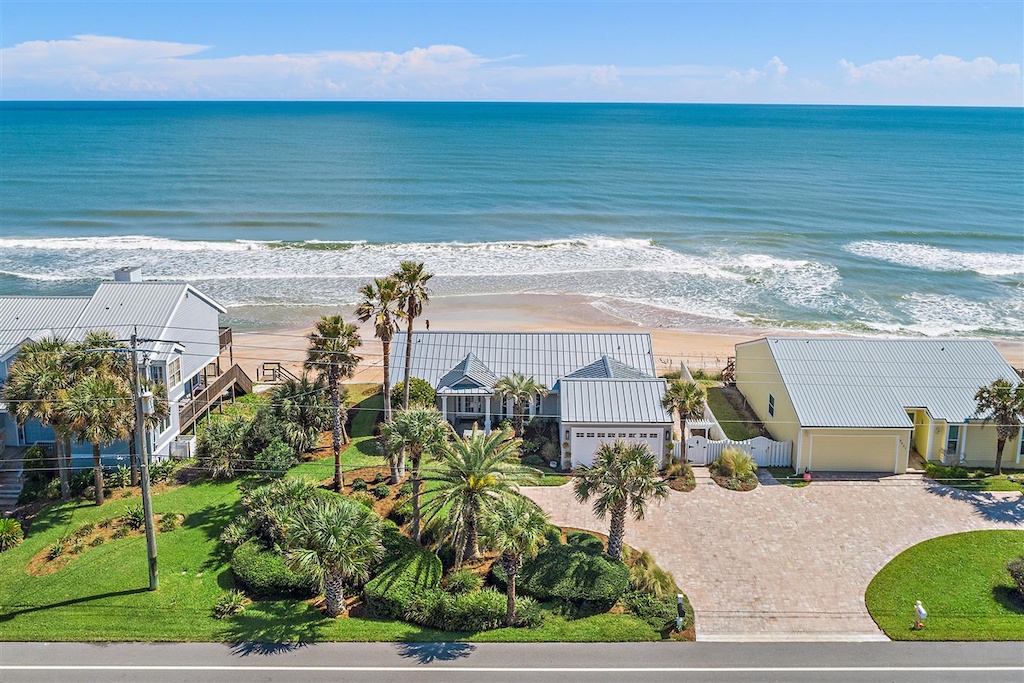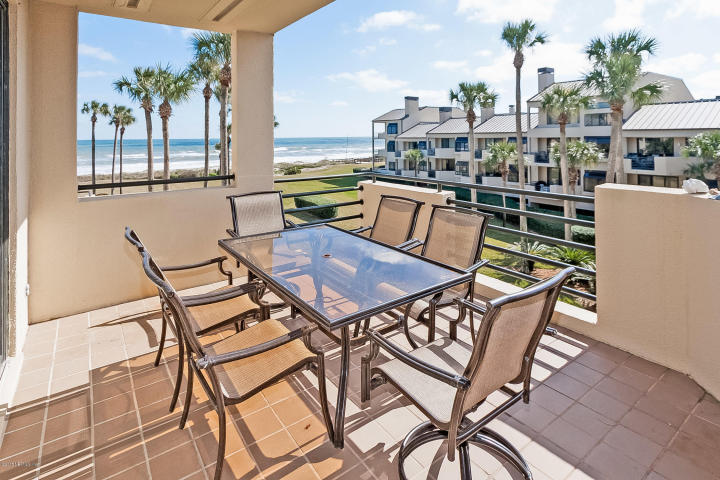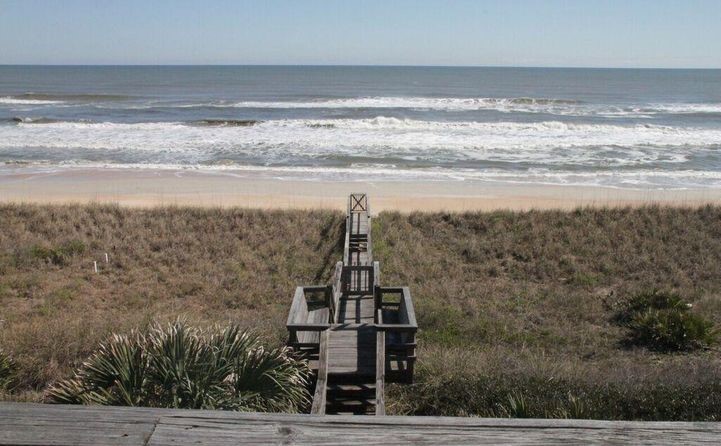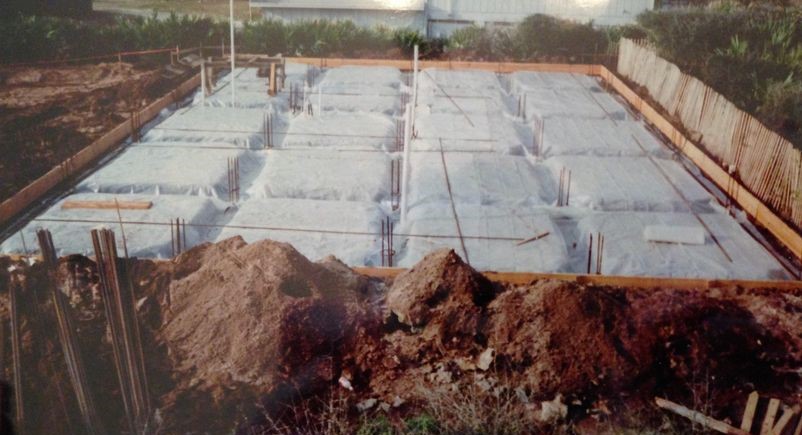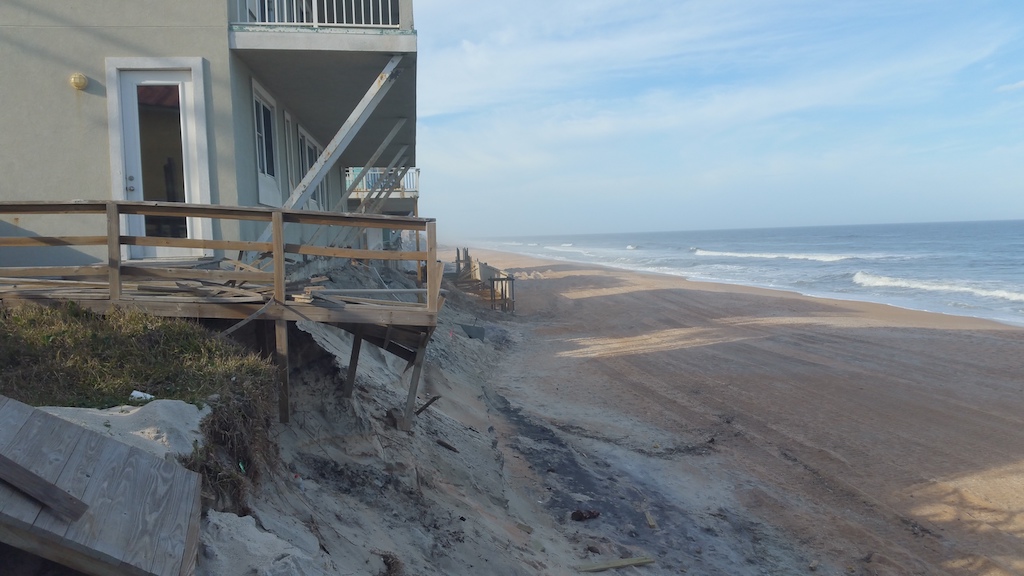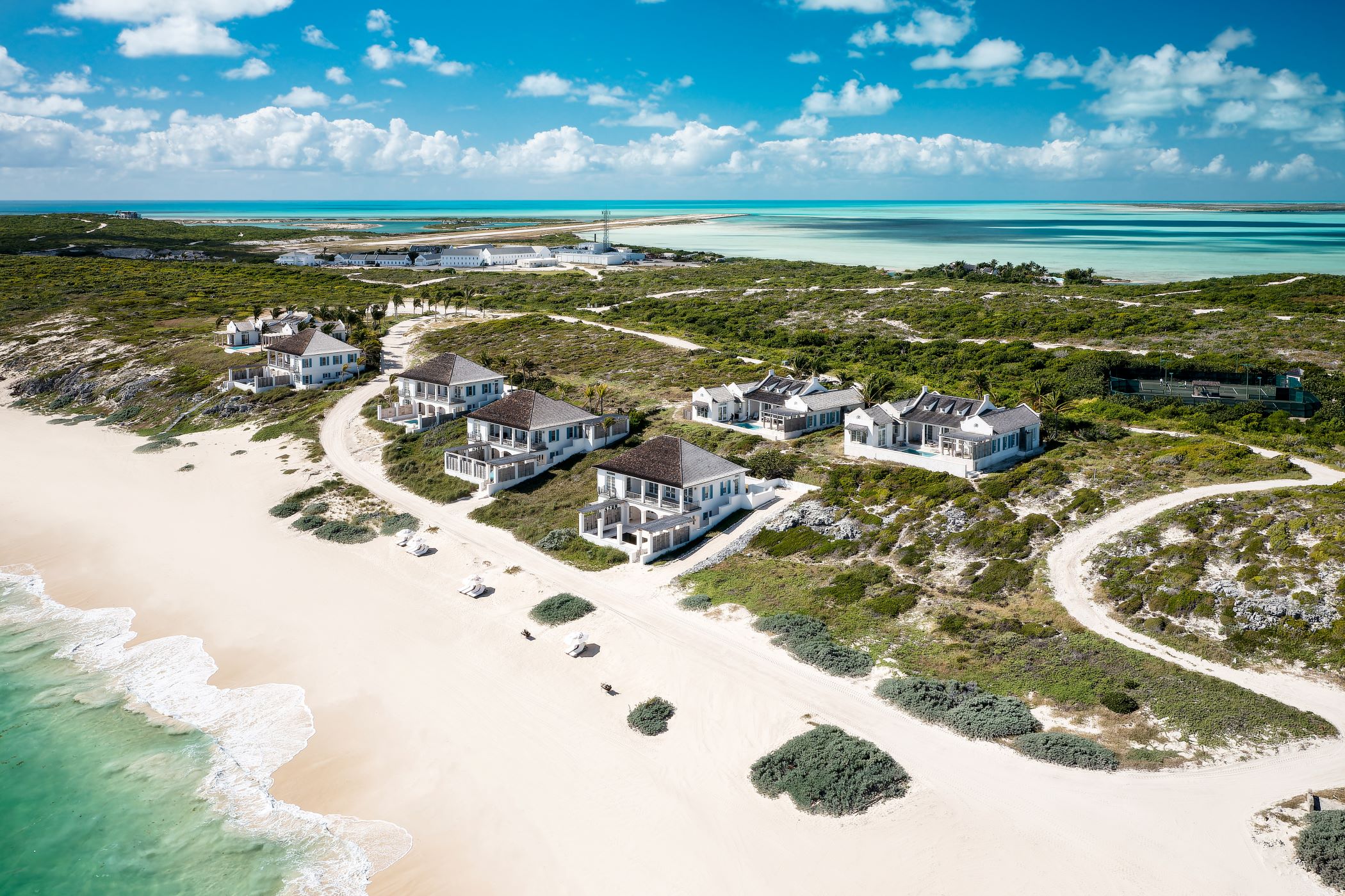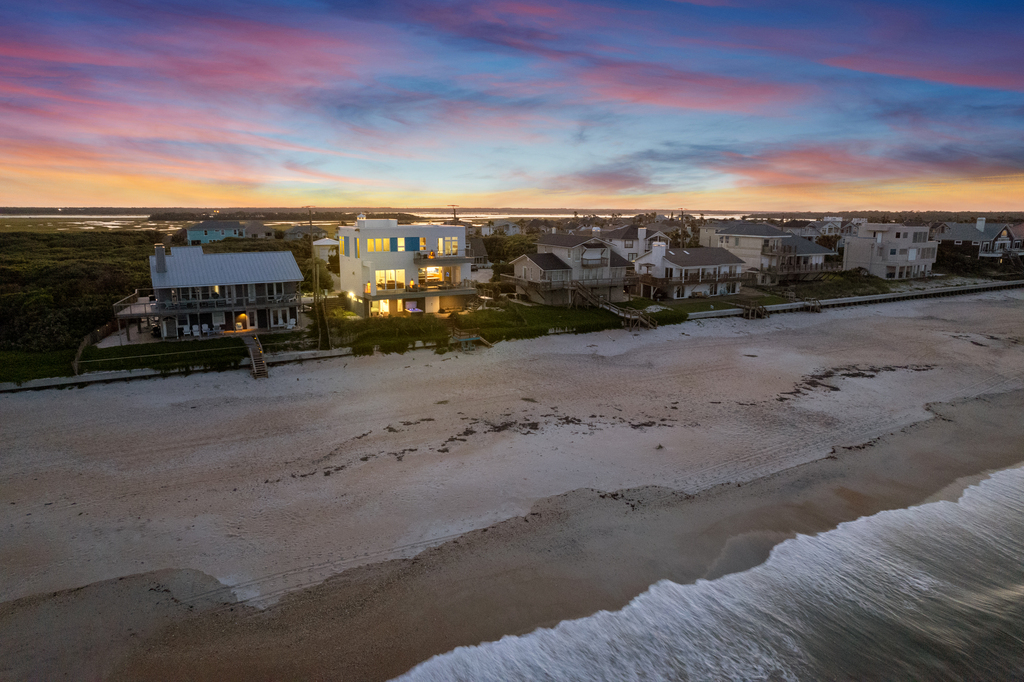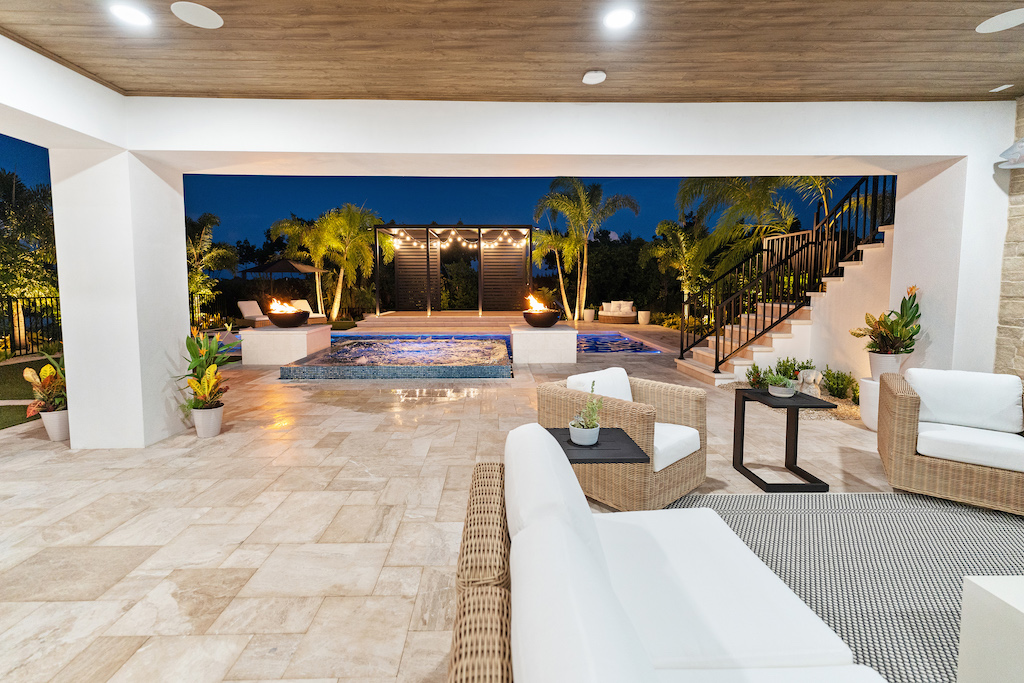Editor's Note: Kathleen Floryan is proudly serving the NE Florida communities of the Beaches Areas along Scenic A1A to Vilano Beach, Saint Augustine, St Johns County, and portions of Jacksonville (Duval County) with residential sales and purchases of single-family homes and condominiums. Kathleen has real estate certifications as a Certified Luxury Home Marketing Specialist (CLHMS), Residential Second Home Specialist (RSPS), Certified New Home Construction, Certified DRS AGENT, Certified Nocatee Agent, and recently obtained Certified Residential Specialist (CRS). Her specialty focus is golf communities, waterfront (river and intracoastal) plus oceanfront homes, and few equestrian properties.
Here, she gives her expert opinion on buying a waterfront property and how a realtor can help.
Why would someone want to own waterfront property?
For many, owning waterfront property is a dream come true. The views are spectacular and often engulf your mind with peace and serenity. There is more being written on the subject, but one of the few books written by Marine biologist Wallace J. Nichols is called Blue Mind: The Surprising Science That Shows How Being Near, In, On, or Under Water Can Make You Happier, Healthier, More Connected, and Better at What You Do.
And who wouldn't want those health benefits?
Many of my clients here in North East Florida seek my guidance on this particular investment. Some want single-family homes, and some are happy with condominiums.
How can a realtor help a potential buyer navigate the right waterfront property to buy?
Oceanfront versus Riverfront versus Lakefront or Pond desirability varies based on how you plan to use the water. Looking at the water is one thing but using it for recreation is another. In Florida's Atlantic Ocean Coast the waters are warmer. So people love to swim, surf, lounge, sail, kayak, and play in the waves. Others enjoy the challenge of on-shore fishing in the ocean or just taking a walk along the beach shore. Having your own oceanfront property to enjoy those activities daily is very special.
Riverfront property most often encompasses powerboating with boat docks, lifts, and some with boathouses. A riverfront property is often tidal and can present challenges related to the depth of the water. Using your boat may be limited to certain times of the day depending on the tides; one week during the day is high tide and the next week the same day is low tide. This can be frustrating as it limits the time one has on the water. But sometimes, riverfront property views are just enough. Some areas of the river may be wider than others and certain sides of the river may be deeper than the opposite side. There may be tributaries from the intracoastal waterway or river that are perfect for waterfront living. The positioning of the house on the property may also be important for full enjoyment depending on whether you like sunrises or sunsets!
Once you have figured out your preferred use for the waterfront, then you can drill down to location, lot size, elevation, flood potential, construction materials used to build the property, age of the property, and other due diligence exploration such as erosion & flood concerns all based upon your budget constraints. Waterfront property is typically sold by front footage. The more footage on the water the better the lot, view, and use. Lot sizes typically in NE Florida will be 50ft, 75ft, 100ft, 150ft, and 200ft. The more front footage does not always translate to a higher price but is more often the case.
Living on the ocean has its advantages and disadvantages. Besides being ecologically conscientious, you need to learn the federal, state, and county laws that affect living on the shoreline. Information regarding building, remodeling, additions may all be affected by the law. For instance, there is the coastal construction control line which regulates the types of structures and activities which may cause beach erosion, destabilize dune structures or damage uplands in Florida managed by the Department of Environmental Protection. There are also regulations regarding turtle nesting periods and related homeowner responsibilities. Then there are the property taxes, homeowners/flood insurance costs to be weaved into your decision to live directly on the water.
Most oceanfront owners face issues related to ongoing maintenance due to the effects of mother nature, wind, rain, salt, sand being the main culprits. Wood rot, rusting, roof, and window repairs along with an approximate five to seven-year cycle on air conditioning system replacement that tends to be the most frequent maintenance concerns. The same can be said for riverfront property with the exception of the salt and swirling sand effects. In NE Florida, the main challenges come not necessarily from hurricanes (although those can be devastating) but also from the frequency of nor'easter storms that batter the seas, and cause havoc with wind, salt, and rain.
Using a realtor who specializes in waterfront properties is key to your future satisfaction. By providing full disclosure about the area of interest, the history of the waterfront, beach renourishment efforts, laws and regulations, site selection, property detective work, and local knowledge, working with a specialist can help you reduce the potential of a future nightmare in waterfront ownership.


